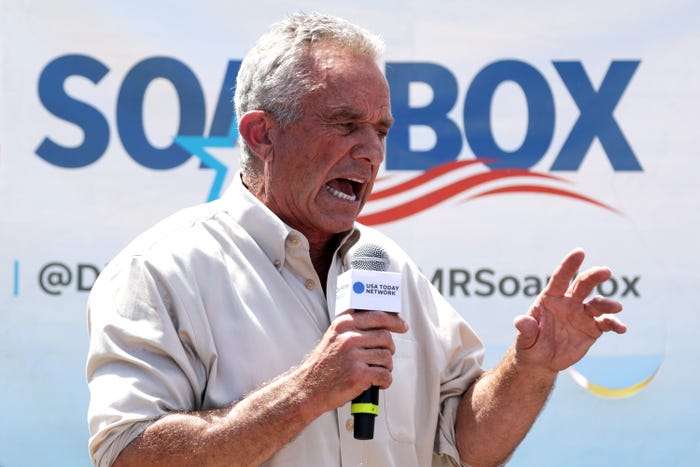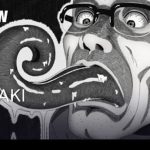Physical Address
304 North Cardinal St.
Dorchester Center, MA 02124
Physical Address
304 North Cardinal St.
Dorchester Center, MA 02124

Robert F. Kennedy Jr., a prominent figure in American politics and environmental advocacy, has recently garnered attention not only for his political ambitions but also for his distinctive vocal condition. As he steps into the 2024 Presidential race, many are curious about the noticeable change in his voice, diagnosed as spasmodic dysphonia, a rare neurological disorder.
Spasmodic dysphonia is a chronic and neurological disorder affecting the voice muscles in the larynx or voice box. This condition is characterized by involuntary spasms that can cause the voice to break or to have a tight, strained, or strangled sound. Spasmodic dysphonia can significantly impact the quality of life, making simple conversations a challenge and often leading to social withdrawal.
There are primarily two types of spasmodic dysphonia: adductor spasmodic dysphonia, where the vocal cords close tightly, and abductor spasmodic dysphonia, where the vocal cords open excessively. In some cases, individuals may exhibit symptoms of both types, known as mixed spasmodic dysphonia.
The process of diagnosing spasmodic dysphonia involves a comprehensive evaluation by an otolaryngologist (ENT specialist) and a speech-language pathologist. This typically includes a review of the individual’s medical history, an examination of vocal fold function using stroboscopy, and various voice assessments. Accurate diagnosis can be challenging due to the complexity of the disorder and its similarity to other vocal conditions.
Robert F. Kennedy Jr.’s diagnosis came after years of dealing with the condition, which he believes was triggered by an injury in 1996. His efforts to manage the symptoms include various treatments, highlighting the persistent nature of spasmodic dysphonia.
While there is no cure for spasmodic dysphonia, several treatments can help manage its symptoms. Botulinum toxin injections, commonly known as Botox, are the most prevalent treatment. These injections are administered directly into the affected vocal muscles, temporarily relieving the spasms for several months at a time.
Voice therapy is another crucial approach that helps patients optimize their voice use and manage symptoms more effectively. Although it does not cure the disorder, voice therapy can significantly improve vocal function and quality of life. In severe cases, surgical options may be considered, although these are generally less common and depend on individual circumstances.
Living with spasmodic dysphonia can be distressing, affecting emotional well-being and social interactions. Many individuals with the condition report feeling that their voice does not truly represent their emotions and personality, which can lead to frustration and social isolation. The impact on professional life can also be profound, with some people experiencing changes in their career paths or job responsibilities.
Robert F. Kennedy Jr. has spoken openly about the challenges posed by his voice condition, particularly in the context of his public speaking engagements and political activities. His experience underscores the importance of awareness and understanding of spasmodic dysphonia, not only for those directly affected but also for the public and healthcare providers.
Research into spasmodic dysphonia is ongoing, with studies aimed at better understanding its causes and refining treatment options. Advances in medical technology and increased awareness have led to earlier diagnosis and improved management of the condition.
Organizations dedicated to voice disorders play a crucial role in educating the public and supporting research initiatives. These efforts are vital for improving the lives of those affected by spasmodic dysphonia and similar conditions.
As Robert F. Kennedy Jr. continues to navigate his political career and personal challenges with spasmodic dysphonia, his openness brings much-needed attention to this complex voice disorder, fostering greater understanding and empathy towards those affected.



